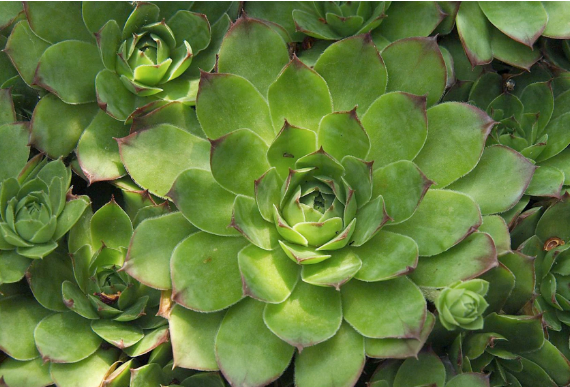Areca palm is one of the popular houseplants which can served as both decorative indoor plant and air purifying indoor plant. But does Areca plant can really purify indoor air and make it fresh?

Yes, the leaves of the Areca palm have an air-purifying effect.
The Areca palm is one of the houseplants that also like to be used in office-like working environments because polluted air is very well tolerated. In fact, this palm filters the polluting particles from the air inhaled by the leaves and therefore has an air-purifying effect. The plant itself is not bothered by it at all and converts the air particles that are bad for us into green growth. The space agency NASA has conducted research into the air-purifying effect of plants and it turned out that the Areca palm removes xylene and toluene in particular from the air very well. Both are toxic solvents that are mainly used in paints, resins, inks, etc. In addition to being an excellent air purifier, the Areca palm also proved to be a perfect humidifier.
The origin of Areca Palm
This feather palm is often called Areca palm, but this African species no longer belongs to the Arecas, not even to the Chrysalidocarpus palm genus, of which it was the only species for a long time. No, the botanists have decided that it should now be called Dypsis, with only one species again: Dypsis lutescens. The real Arecas come from Asia, the Dypsis (formerly Chrysalidocarpus) is originally only found on the African island of Madagascar and has conquered the world as an exotic houseplant from there. It is not a tall, trunk-forming palm, but it forms spreading clumps of stems from the roots. On those stems appear the 90-120 cm long, pinnate leaves that fall off when they have done their job and new leaves take over their job of light energy converters.
The Dypsis lutescens (let’s just call it Areca palm) grows slowly and can get very old. In a light spot and at normal room temperatures it will grow 15-20 cm per year. The plant can reach a final height of about 200 cm with its leafy stems, but the number of stems in the pot will therefore increase.

How to take care of Areca Palm
Place your Areca palm in a bright spot, but not in bright sunlight. The winter sun is not that bright, but this palm can have winter sunlight in the room or conservatory. Make sure that the (night) temperature does not drop below 13 °C. Lower temperatures are too cold for the Areca palm. Make sure that the root ball (also in winter) always remains moist and ensure a sufficiently high humidity. Spraying the leaves every now and then is very good, also to remove the dust from the leaves. Water generously on the roots, allow to drain gently and pour off excess water afterwards. The plant does not like ‘wet feet’. For ease of care, it is advisable to place the plant in a decorative pot on a saucer . Give less water at lower temperatures. During the growing period, add liquid plant food (for green leafy plants) to the irrigation water every fourteen days. The rest period of this palm falls with us in the winter.
Older plants may flower. They then form the clusters of flowers known from other palm species (such as the date palms), from which the berry-like, golden-yellow fruits later develop. Growers use the seeds from these fruits to grow young palms, but the Areca palm is also propagated by removing ground shoots and growing them separately. Both the sowing and the separate potting of ground shoots (which must then be rooted) is done in the spring.

Gardening is my passion and growing plants indoors has always been a stress relief for me. Grow a banana tree in my apartment once (although failed to produce bananas).





